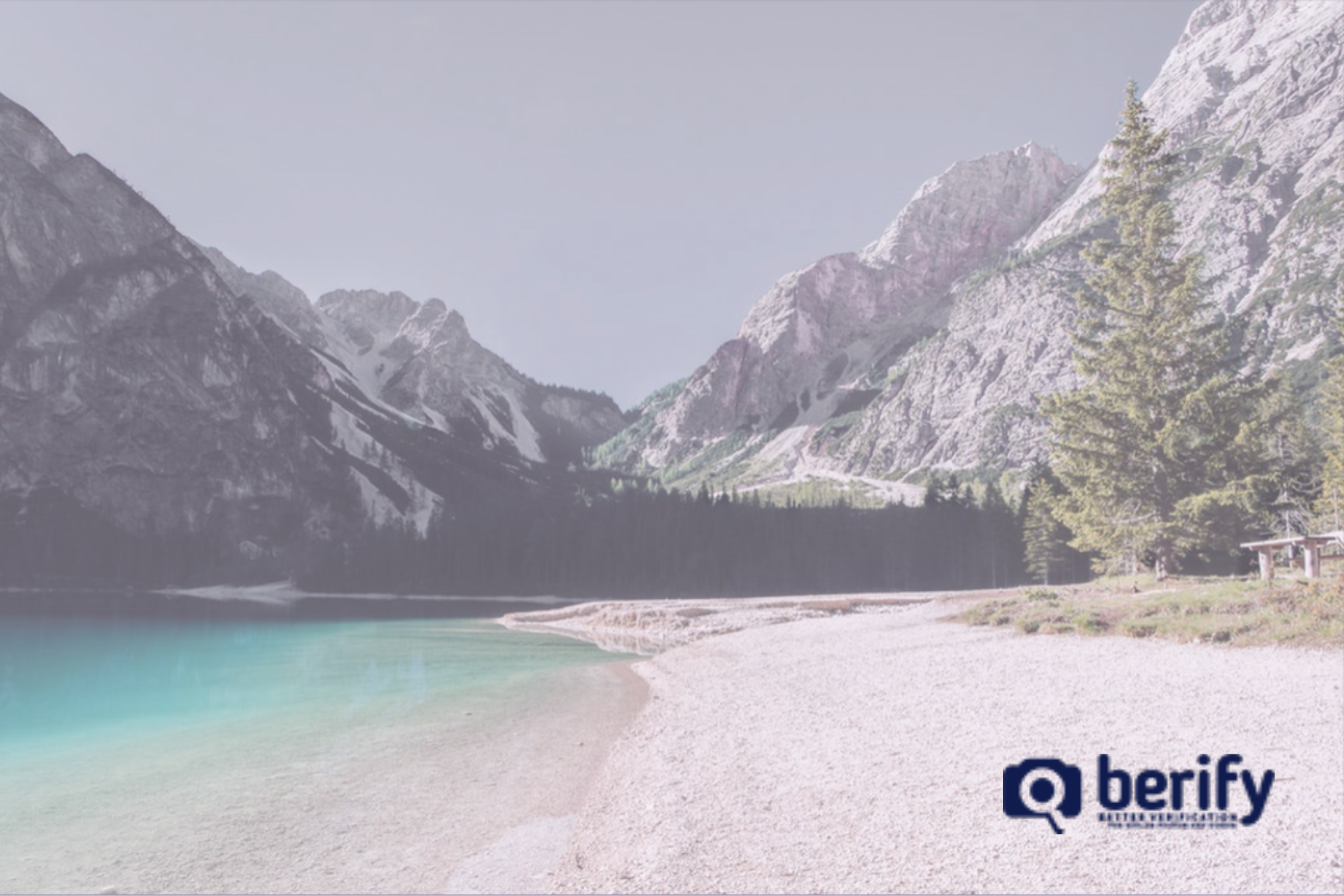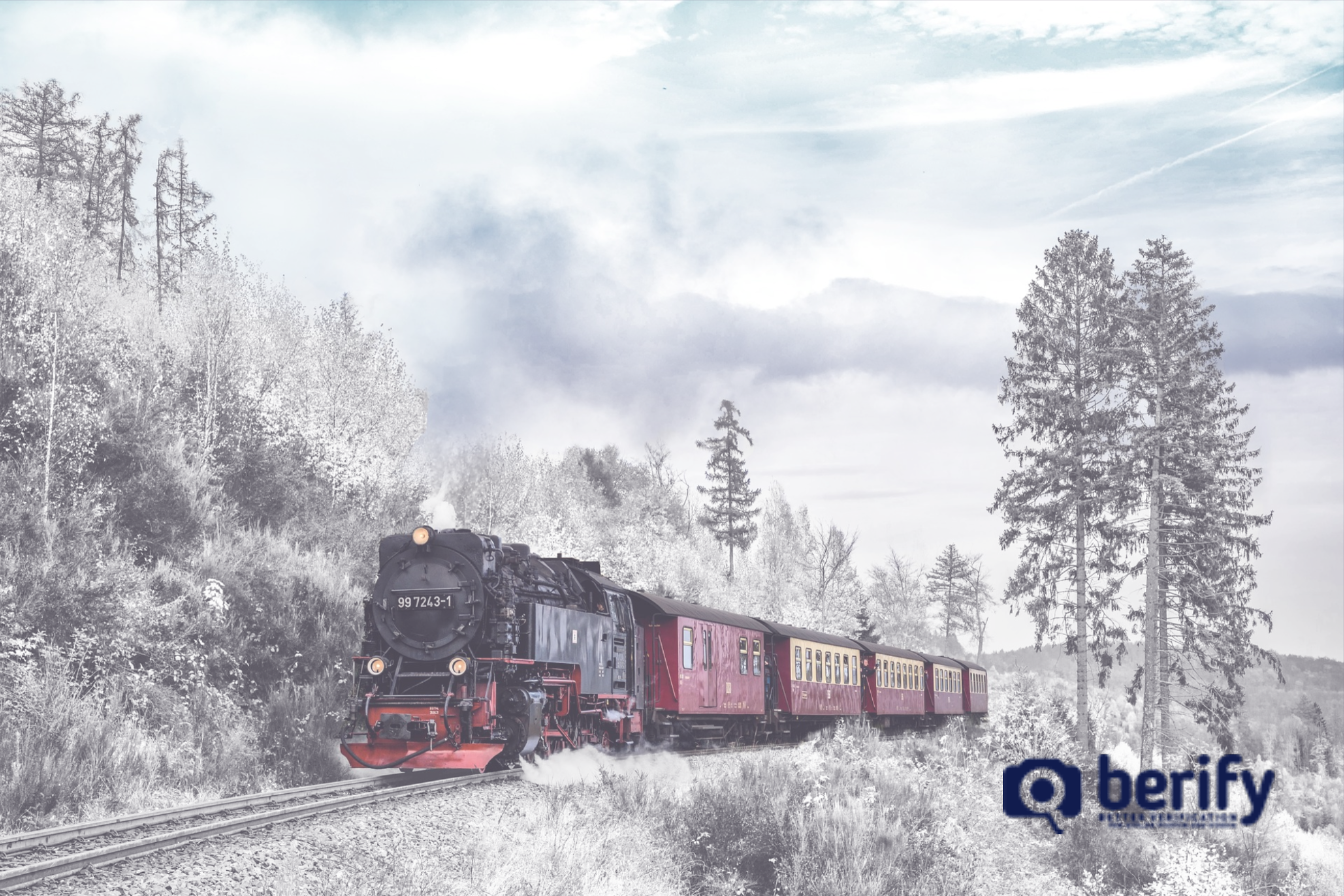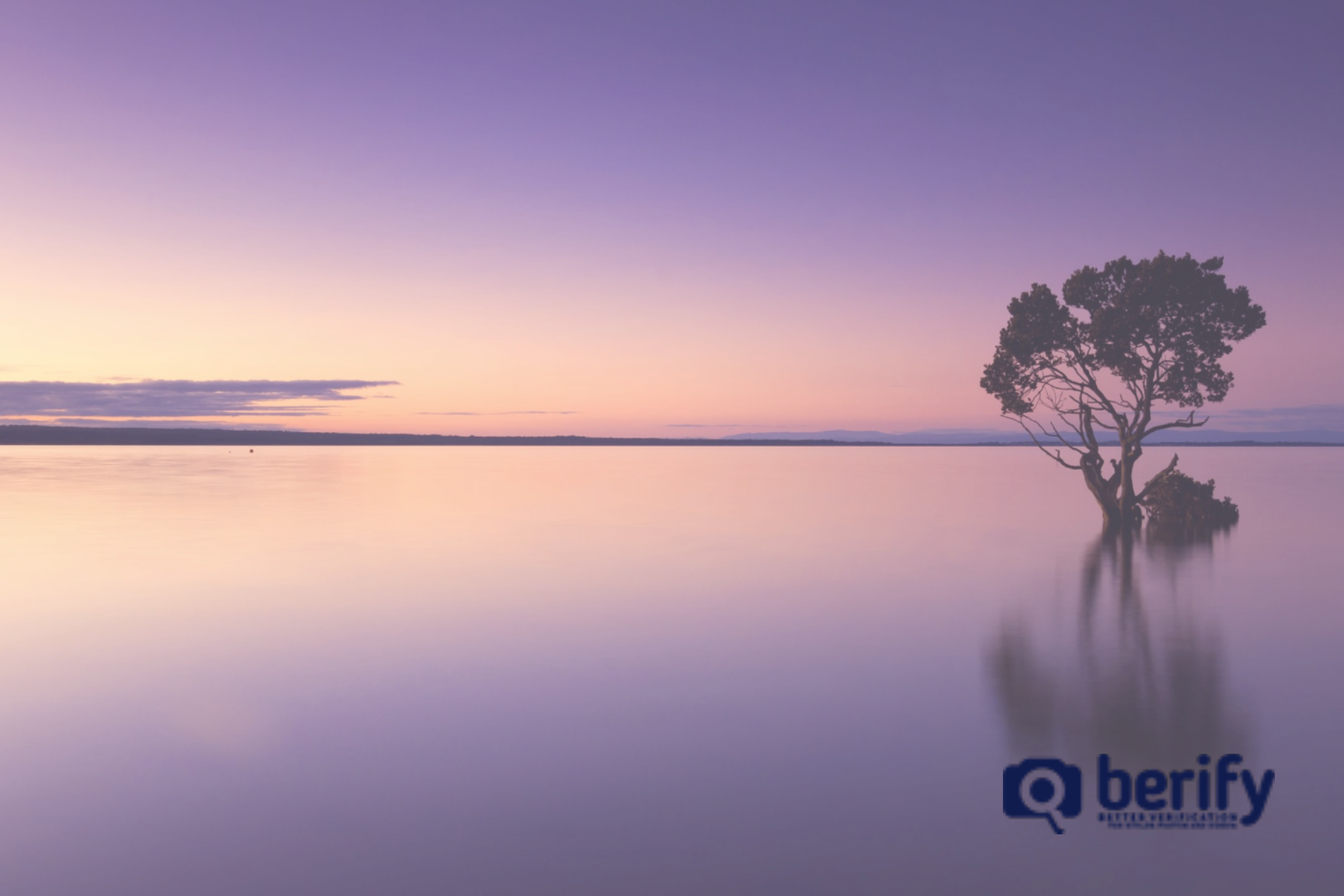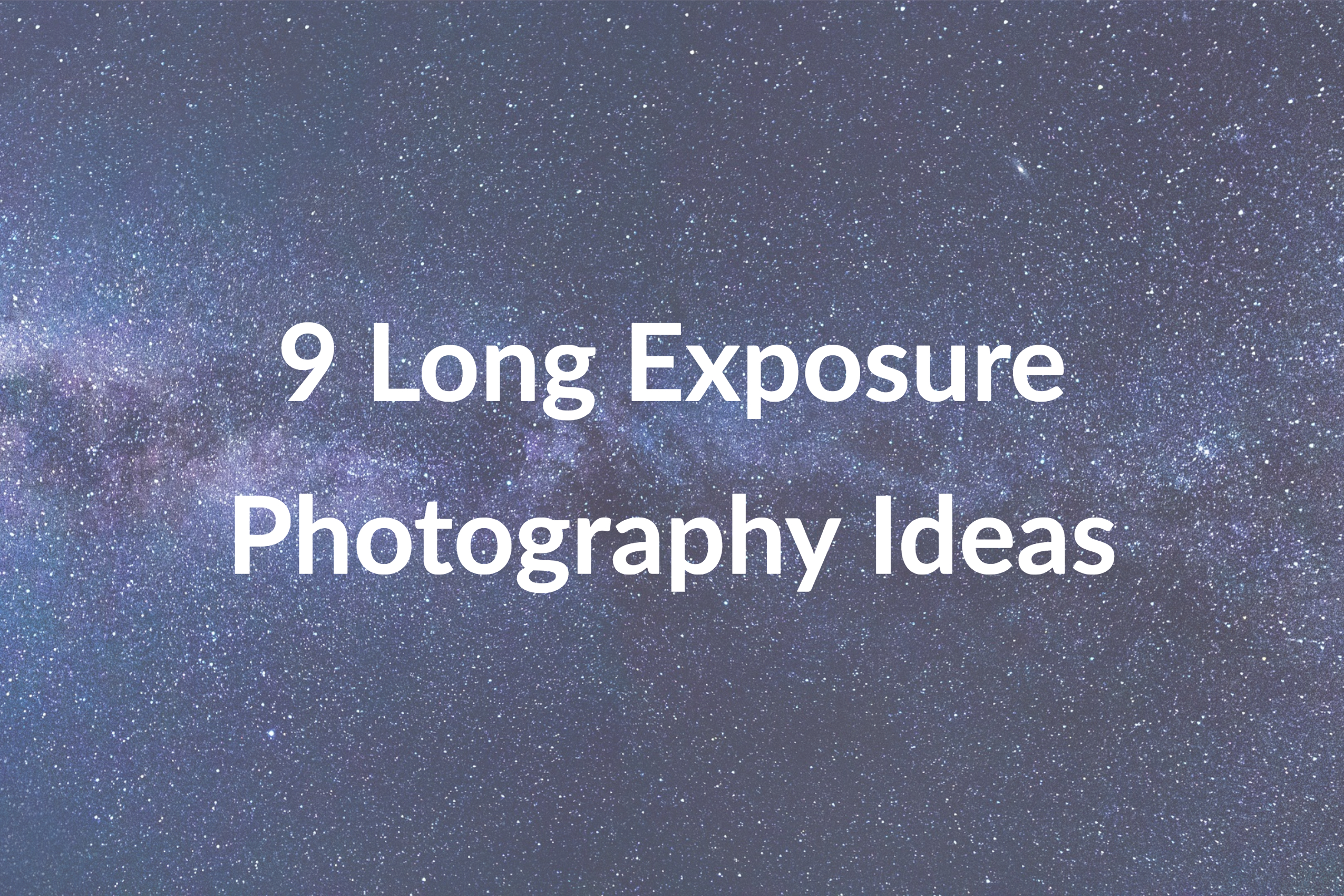Landscape Photography Tips: 7 Surefire Techniques to Use Today
Are you interested in improving your craft? Not only is landscape photography one of the most eye-catching types of image taking, but it is also a passionate hobby and career for many. Read along to see what tips others in your field are using and get equipment ideas!
What is Landscape Photography?
Landscape photography is a stunning form of photography which can display nature or manmade situations. Landscape photography illustrates the space between nature, landscapes, and sometimes buildings, animals, humans, etc.
It can present natural space in small pinpointed ways or showcase vast backdrops which wow the eye. Images can be orderly and breathtaking or focus on the unusual or disruptive aspects of nature, etc.
Our 7 Landscape Photography Tips
Wide-Angle Lens
Landscape photography and a wide-angle lens are a great combination, as they allow you to capture the broad view of a shoot. It will give the viewer a sense of space as well as the drama of contrast between colors, subjects, background, etc.
Another bonus is that the wide-angle lens will give you a more considerable depth of field and the option of using faster shutter speed, to get more light. However, don’t forget that you can still master unique and unusual angles, even when taking a photograph of a broad view!
Filters
Filters can help your photography, especially landscape photography. These may include colored filters to make a particular color ‘pop’ (for instance, a blue filter to amplify the ocean or sky or a polarizing filter to darken the contrast between the sky and clouds).
Another filter option is an ND filter (natural density), which will block excess light from entering the camera. On exceptionally bright days, when the camera cannot use slow shutter speed, and you want to capture movement. Still, this is ideal!
Movement
Landscape photography is the perfect art form to capture movement. For one photographer this might be clouds or trees blowing. To another, it is water flowing. The good news is that choosing a long exposure allows you to capture movement well.
Look out if your shoot occurs in (bright) daylight as it will require an ND filter to reduce the natural light hitting your camera and allot for longer shutter time! Sharpness will also be aided by your use of a tripod, which will, in turn, keep images steady!
Depth
Depth can seem a given but, to an expert photographer, accessing depth takes time and experience. In landscape photography, keeping all of the elements in focus will provide your images with depth.
Using a small aperture (for example, f/16 up to f/22) will assure that objects in the background and foreground are simultaneously sharp! With the small aperture, also consider using a tripod (since less light will be entering the camera’s lens).
Mirror
A natural mirror that is used repeatedly with (almost!) always good results, is the water! Shooting an hour before sunset or in the first hour after sunrise (termed, the “golden” hour) will also assist the final images.
A slow shutter speed and allowing automatic selection for the best aperture will give you the best “mirrored” effect. You can up ISO for clarity and sharpness or stick with a starting ISO of 125.
Don’t Be Afraid of People, Animals, or Humanmade Objects
Nature is beautiful and maybe a worthy focus for your landscape images, but your vision may also be enhanced by a well-placed object, human, or animal. These do not need to be planned shots, and the subjects can be preexisting and behave naturally.
To freeze action, choose a fast shutter speed. To capture movement, select a slower shutter speed. An added tip, to create interest, is to have the subject located right or left of center, rather than directly in the middle of the image.
Patience
Trying to force a shot to be perfect won’t work if you show up unprepared. Bring all of your equipment, even if you’re not sure if you need it. Include extra batteries, lenses, etc. Give yourself a window of time.
A magic shot may be found within a short shoot of several hours or require most of a day. Be patient with yourself and those around you. Professional photographers don’t only show their professionalism with their images ad work, but also their demeanor!
Protect Your Landscape Photographs
Have you tried any of the tips above? Let us know in the comments how these tips have helped your work or any that you think we left out! Are you worried that your landscape photography Is being used by others online, without them giving you credit? Or, maybe you want more followers and fans of your work but aren’t sure how to get them?
Berify is a photo verification website that helps you protect your photography. We do this with different algorithm-based reverse image searches which shows you who is using your work, how, and where! Berify can help you to take action to retain your copyright and protect your image and career!
Click Here to Run a Reverse Image Search






